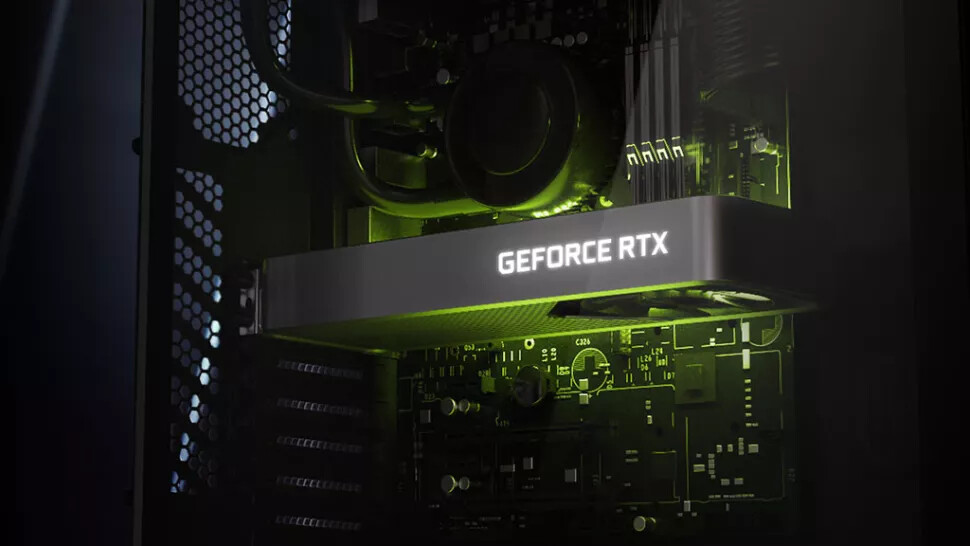NVIDIA Launches GeForce RTX 3050 and RTX 3090 Ti

The reference-spec sees the RTX 3050 GPU clock boost up to 1780 MHz. With a typical board power if 130 W, the card can make do with even a 6-pin PCIe connector, however, NVIDIA made 8-pin the standard. The typical use-case for the RTX 3050 would be 1080p gaming with RTX ray tracing enabled, but with DLSS also added to the mix. Without ray tracing, it should be able to handle AAA titles at 1080p with fairly high settings. Available from January 27, 2022, the RTX 3050 starts at $249.
The GeForce RTX 3090 Ti is the company’s new “BFGPU,” a halo product. Much like the RTX 3090, though, it will be available both as an NVIDIA-designed “Founders Edition” product, as well as custom-design card. In its Founders Edition avatar, the card debuts a new 16-pin power connector, that’s capable of an enormous amount of power delivery. This is needed because the RTX 3090 Ti has a typical board power of 450 W, which is 100 W more than its predecessor.
The RTX 3090 Ti maxes out NVIDIA’s largest “Ampere” GeForce silicon, codenamed “GA102.” This means all 10,752 CUDA cores, 84 RT cores, 336 Tensor cores, are enabled. On closer look of the specs, you’ll notice that the CUDA core count isn’t that much higher than the 10.496 of the RTX 3090 to warrant the massive increase in power. It’s because NVIDIA also upgraded the memory sub-system. While the memory amount is unchanged at 24 GB, the company is using faster 21 Gbps-rated GDDR6X memory chips, while the RTX 3090 uses 19.5 Gbps-rated ones. The third area of development, which we believe is the largest contributor to the power draw, is the GPU Boost frequency, which is now 1860 MHz, compared to 1695 MHz on the RTX 3090. NVIDIA is expected to launch the RTX 3090 Ti within January 2022, the company is yet to finalize pricing.











